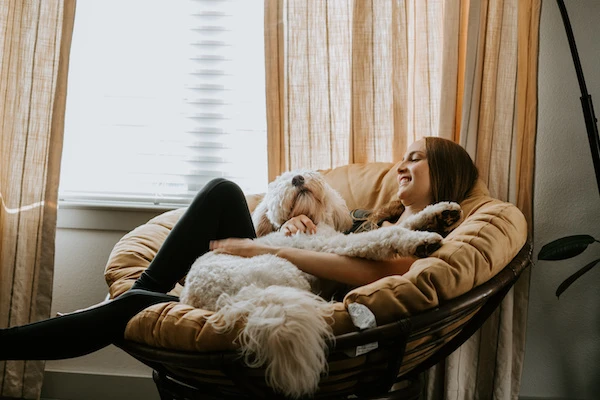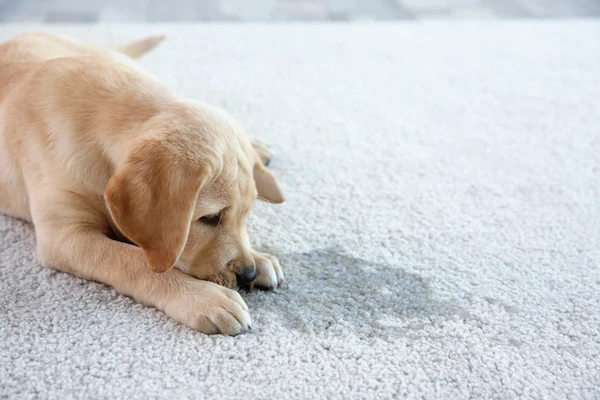
In the United Kingdom, pets are beloved by many, including renters. Some landlords and letting agents prefer to enforce a blanket ban on pets for simplicity’s sake. However, implementing additional measures can allow responsible tenants to keep their pets while ensuring the property’s safety and upkeep. Property insurance can also play a role in protecting landlords from potential damages caused by pets.
Renting to Pet Owners
It can be tempting to just say no to any applications from potential tenants with pets, or indeed from existing tenants that would like to bring a pet into the property. Whilst the property could be viewed as just that to the landlord, it’s more than that to the tenants, it’s their home and potentially they could be there for many years to come.
By turning away all pet owners you could be missing out on potential long term tenants.
As of January 2021, the UK Government’s model tenancy agreement no longer allows a blanket ban on pets.
With the Government’s updated model tenancy agreement, consent for pets is granted by default. Landlords can reject specific pet requests but must provide a valid reason. For instance, owning a pet in smaller properties or flats might be deemed impractical.
How to Protect yourself and your Property again pet damage
 If you do decide to allow pets, there here are some things you can do to protect yourself.
If you do decide to allow pets, there here are some things you can do to protect yourself.
Tailor your tenancy agreement
Landlords and tenants sign a contract that outlines the commitments both parties agree to uphold. Incorporating a pet clause in the agreement can specify which types of animals are permitted and require the tenant to cover any pet-related damages to the property.
Request pet references
Similar to tenant references, landlords can request pet references from previous landlords or veterinarians. If the tenant can provide evidence that their pet is well-behaved and hasn’t caused damage in previous homes, landlords may be more inclined to allow the pet on their property.
Perform periodic inspections
Even with a pet clause and solid references, regular property checks are advisable with or without pets in situ. Inspections can ensure that the property remains in good condition. During visits, landlords should look for:
– Excessive wear and tear on carpets, scratched, chewed, or stained areas.
– Similar damage to doors, walls, and skirting boards.
– Areas needing vacuuming due to animal shedding. Inform tenants that deposit deductions may occur if they leave a mess upon moving out.
Address any anti-social behaviour
Address complaints from neighbours regarding loud or aggressive behaviour from the tenant’s pets promptly. Resolving issues independently may save time and effort compared to involving local council authorities.
If pet reference checks were conducted, such problems should be rare. Nevertheless, ensure that the animal in question matches the one for which references were provided. Specify the pet’s physical description, breed, and name in the tenancy agreement as an added precaution against tenants keeping unauthorised animals.
Obtain property insurance that covers pet-related damages
Property insurance can be a valuable tool for landlords to protect their investment from potential damages caused by pets. When selecting an insurance policy, make sure it includes coverage for pet-related damages, such as scratches, stains, or other accidents.
Maintaining tenancies that allow pets is achievable, much like renting to reliable tenants without pets. Open communication and clear expectations can help prevent issues with pets in rented homes. Property insurance can also offer peace of mind by safeguarding the landlord’s investment from potential pet-related damages.
Let’s face it, having a successful property business should be all about relationships and having good ones with your tenants can mean that having pets in your properties isn’t the issue that many perceive it to be.




